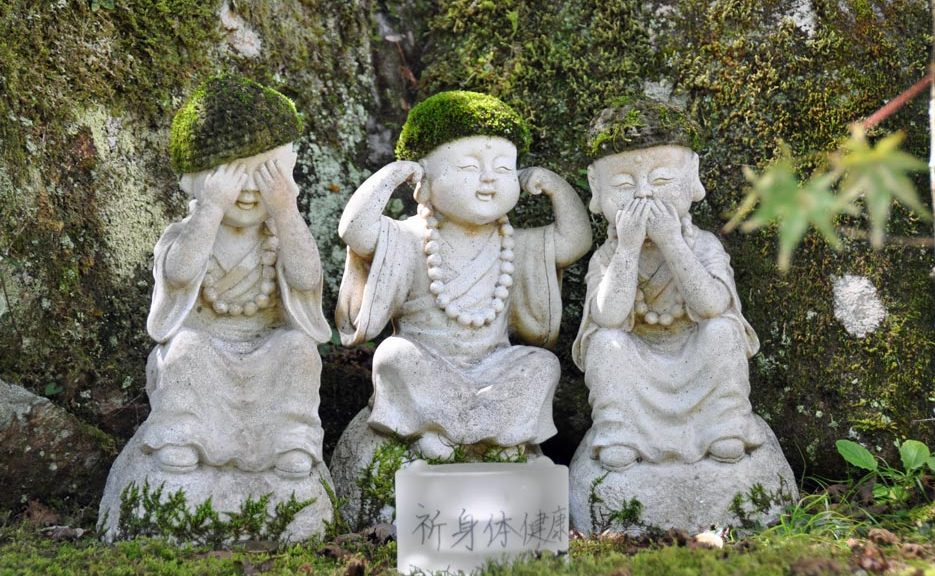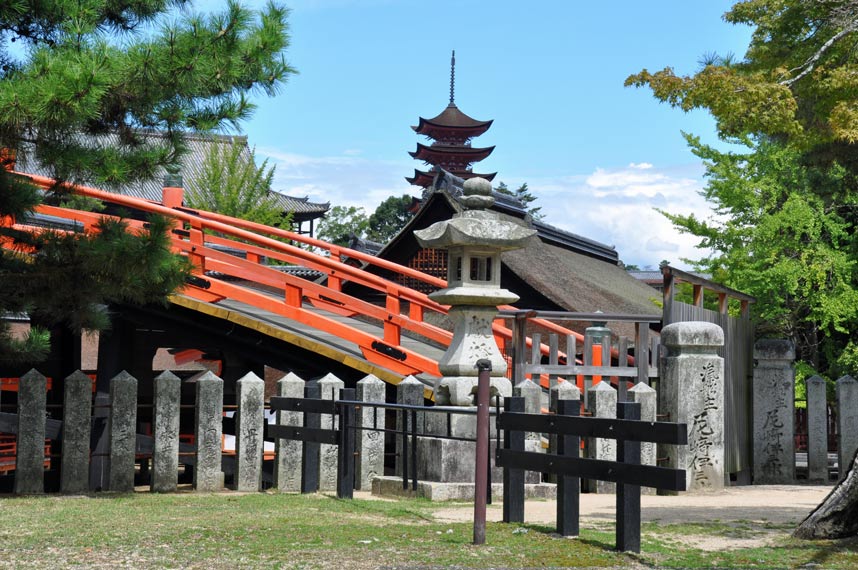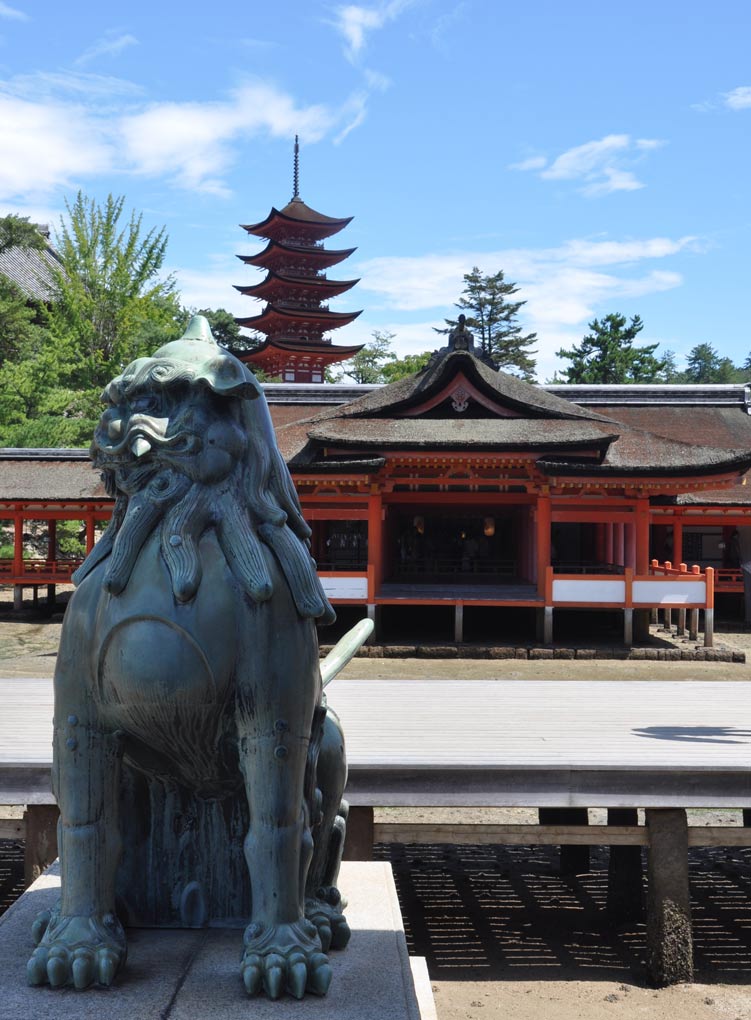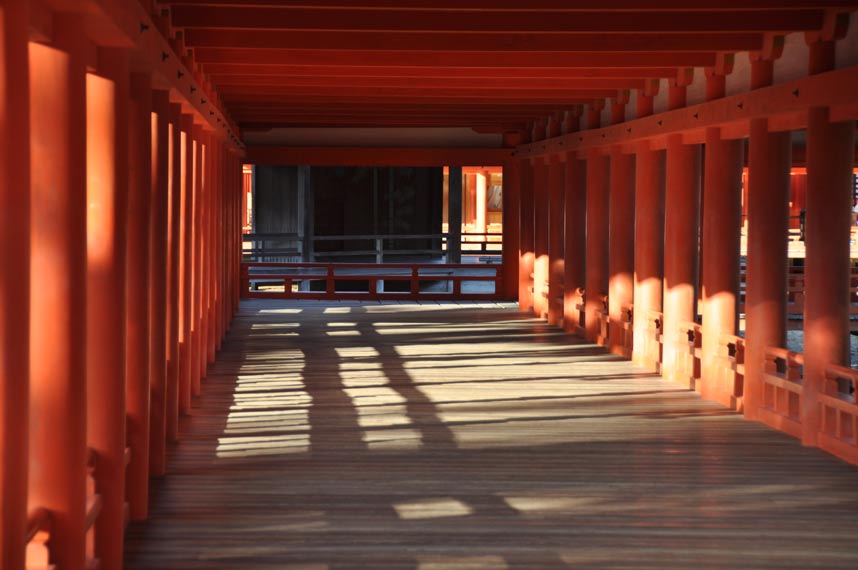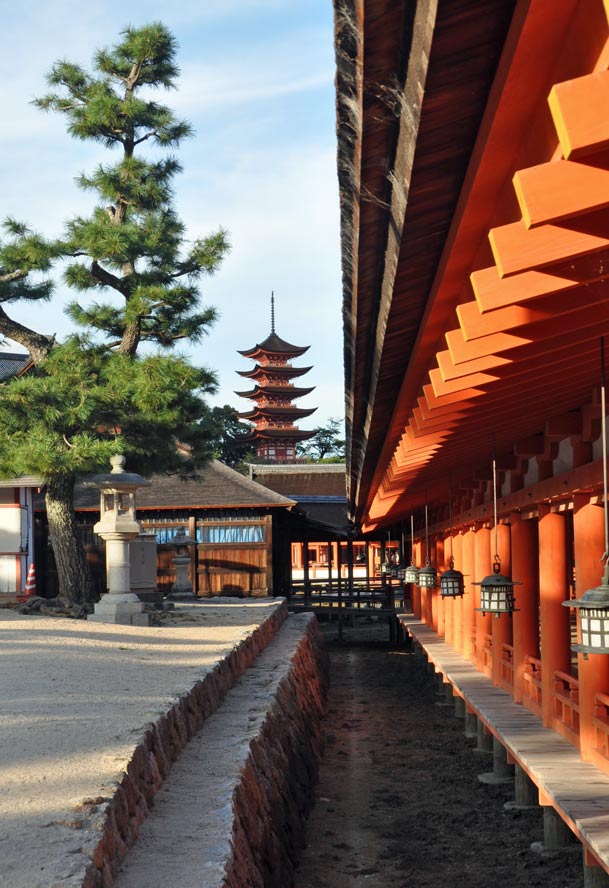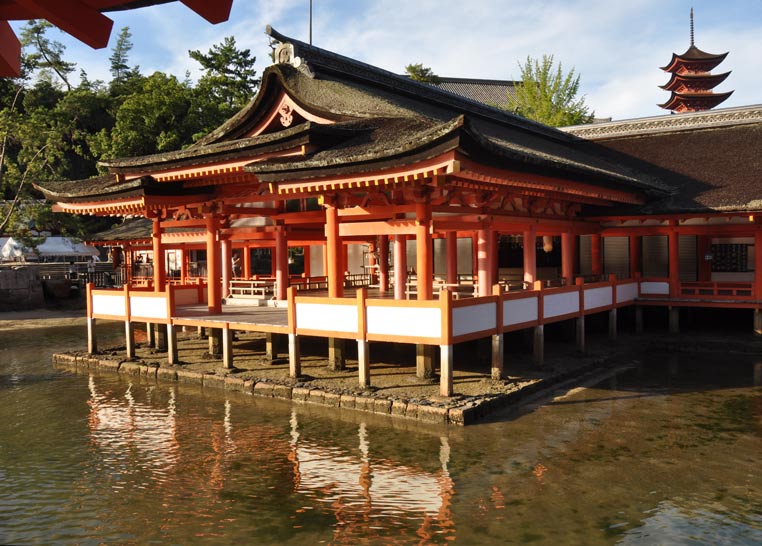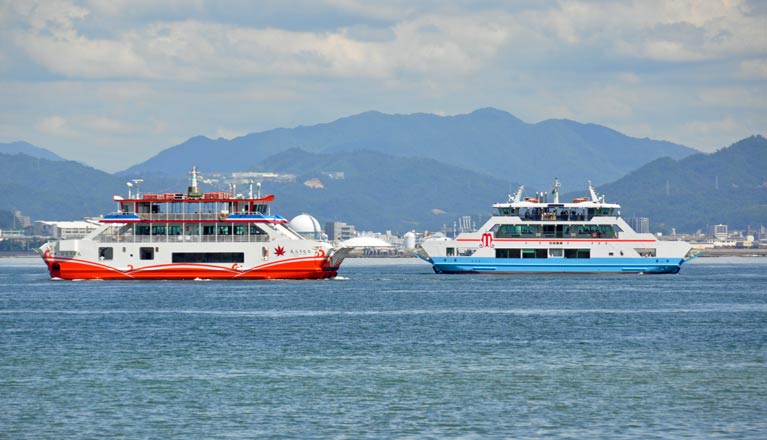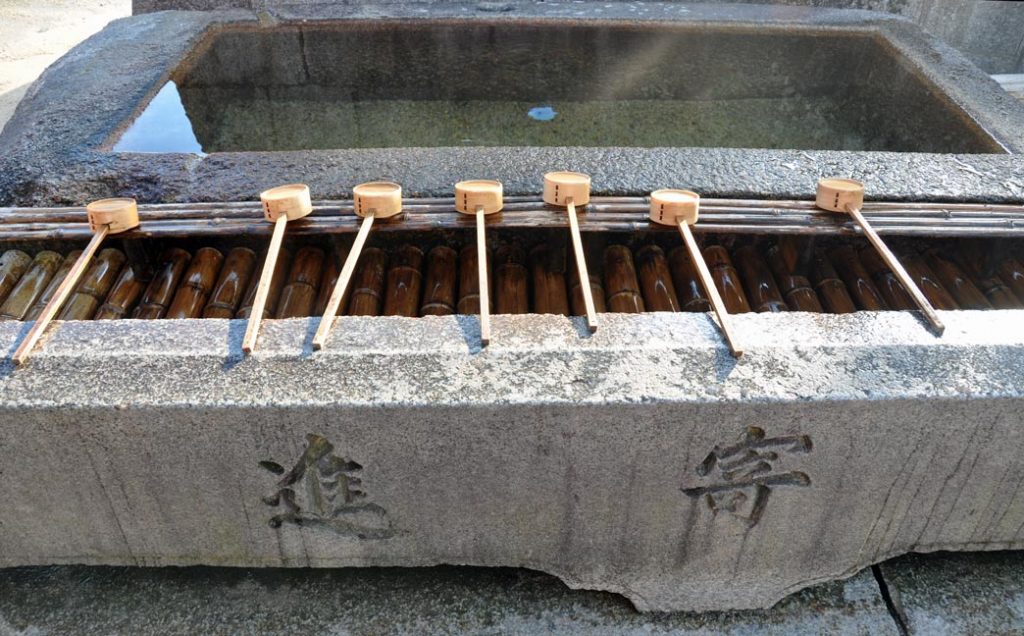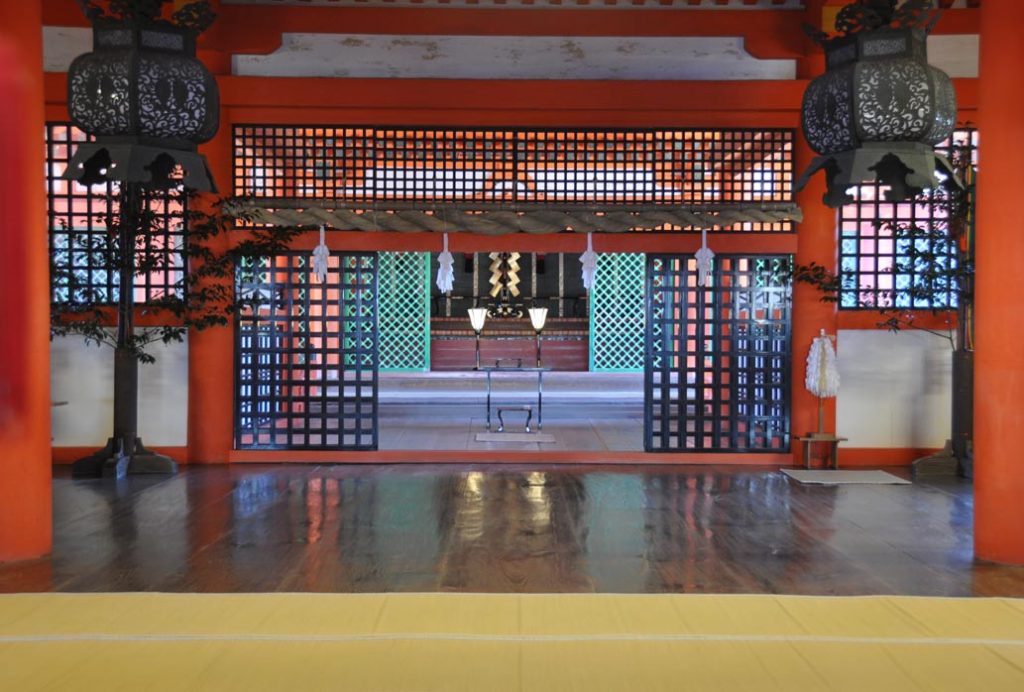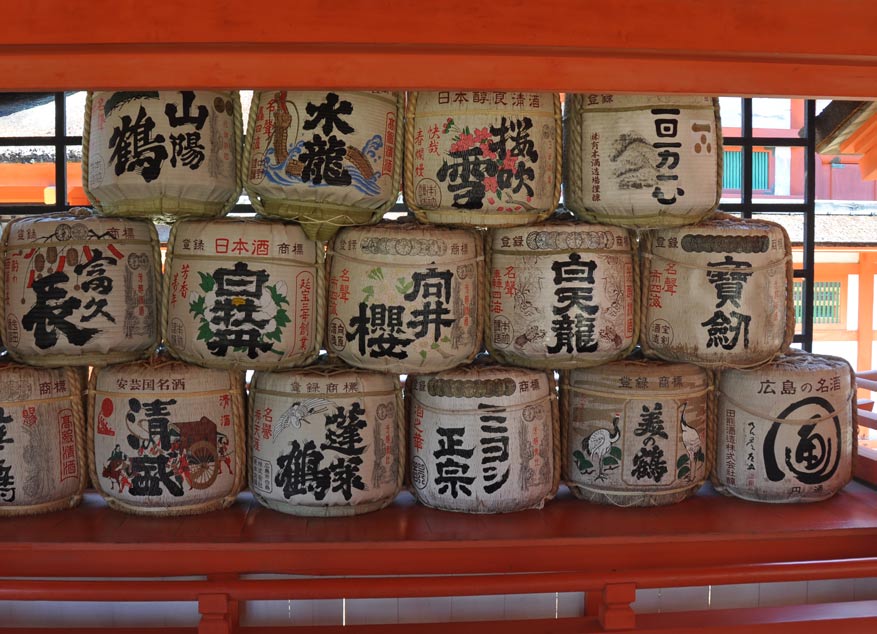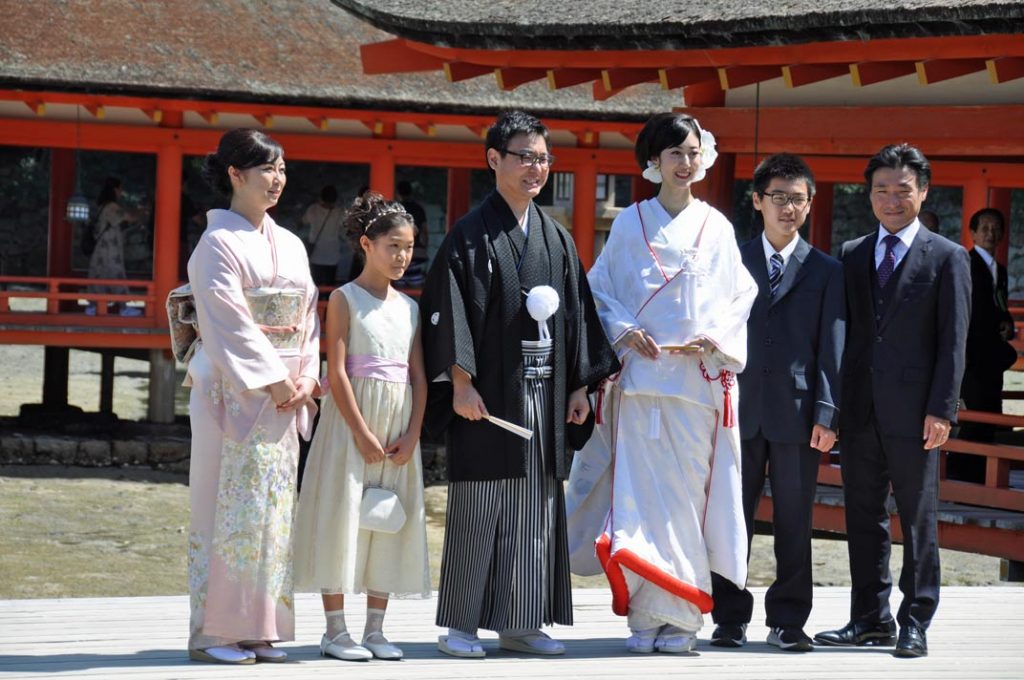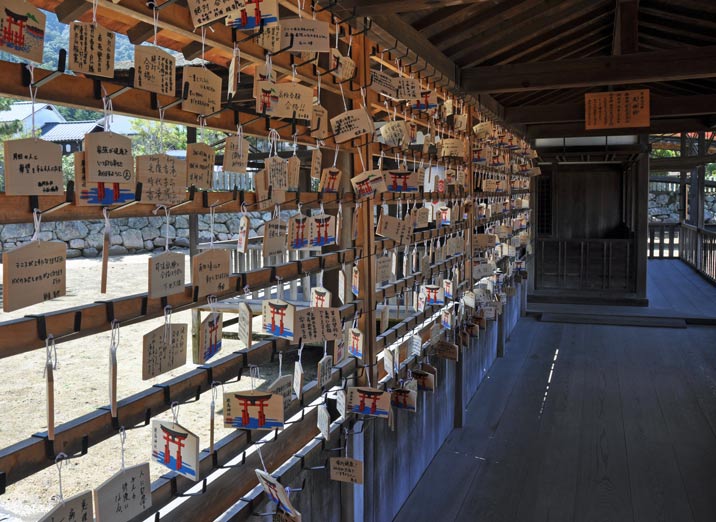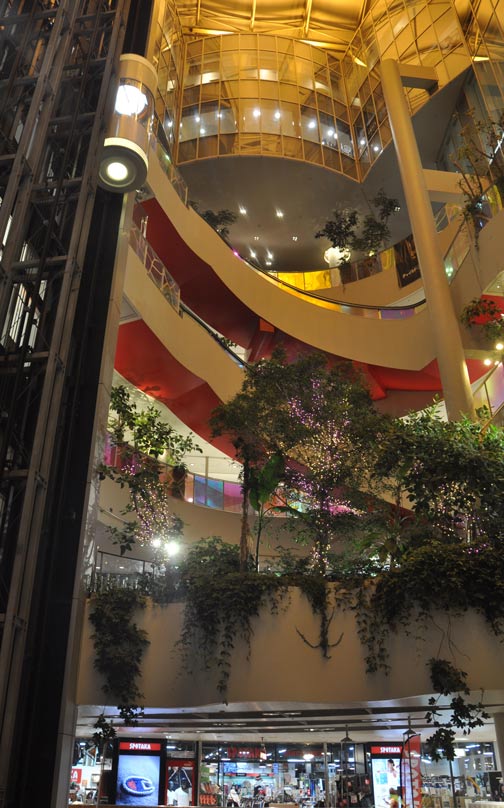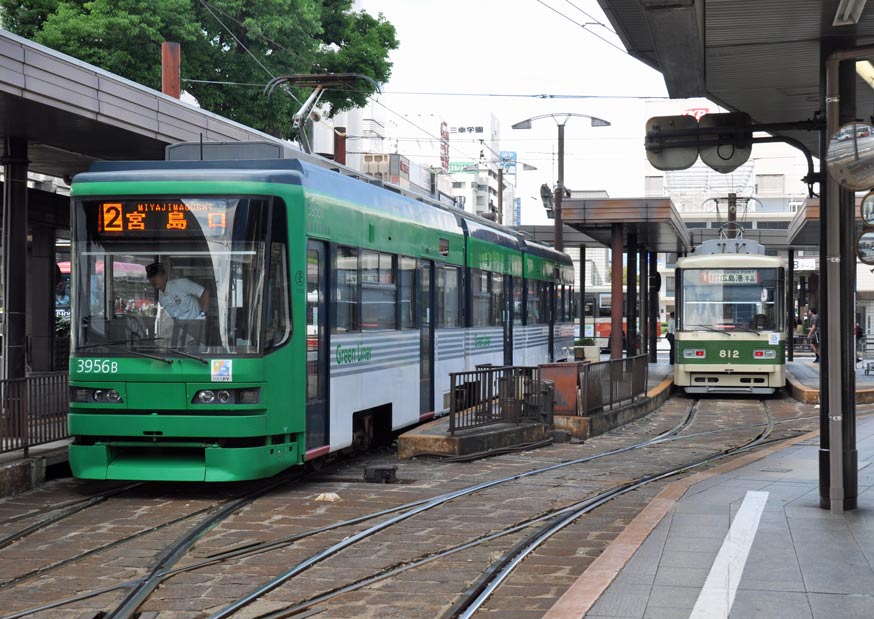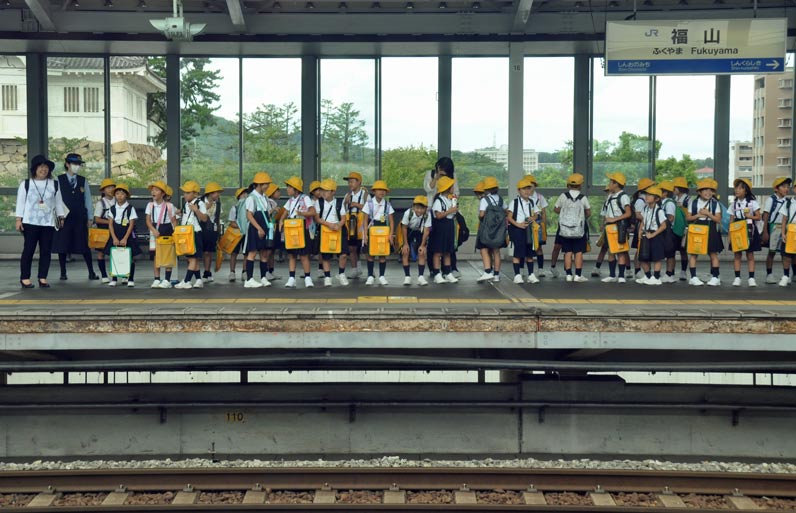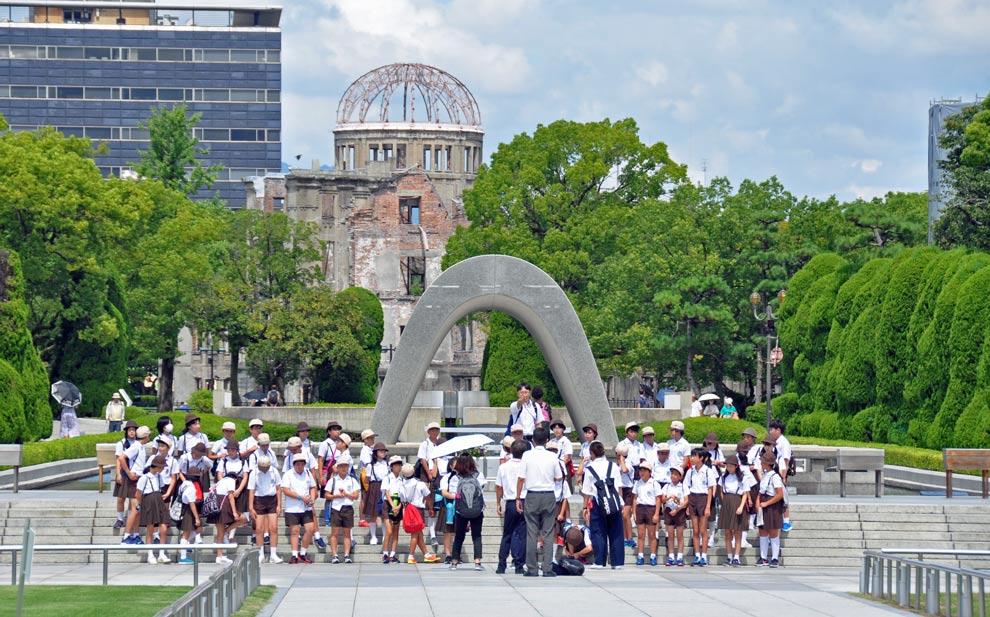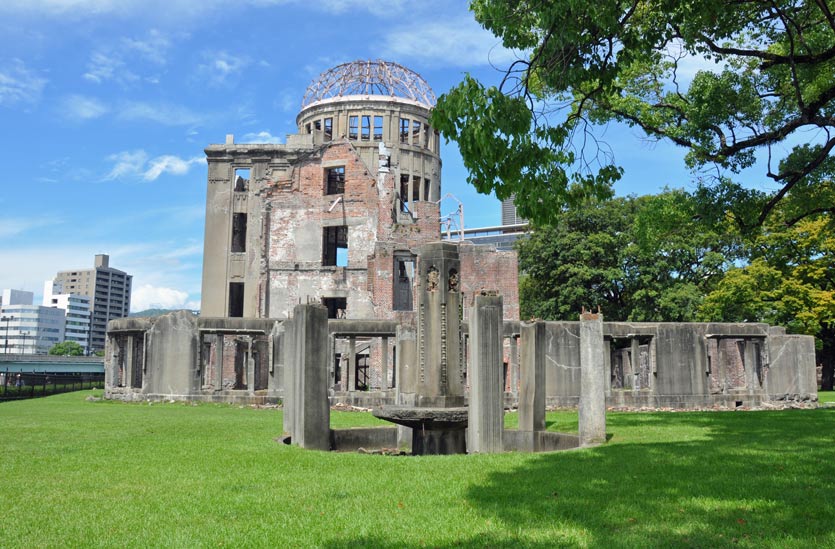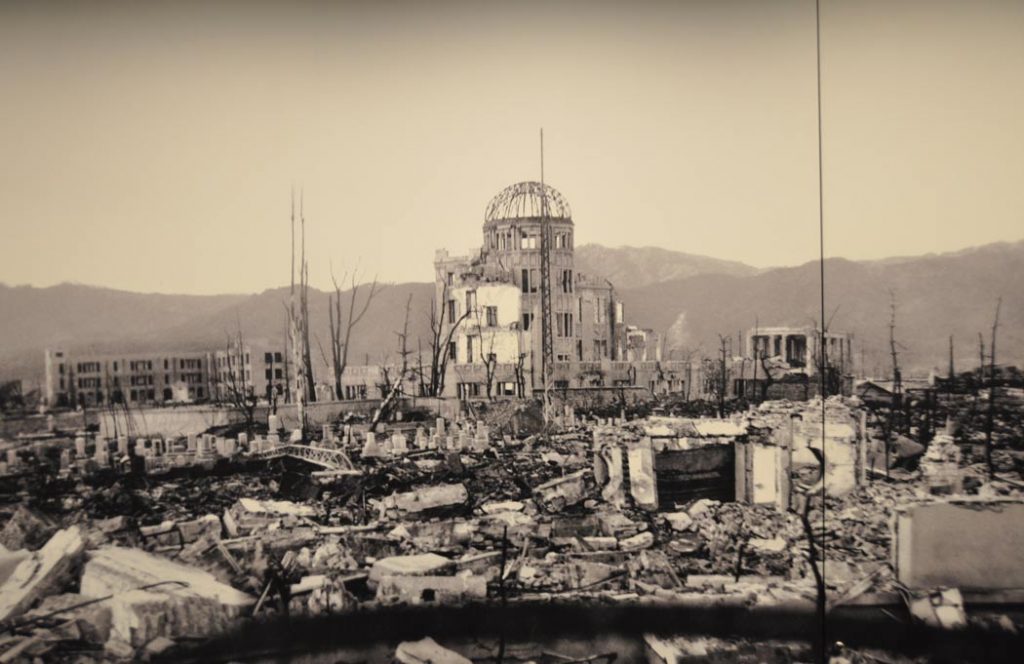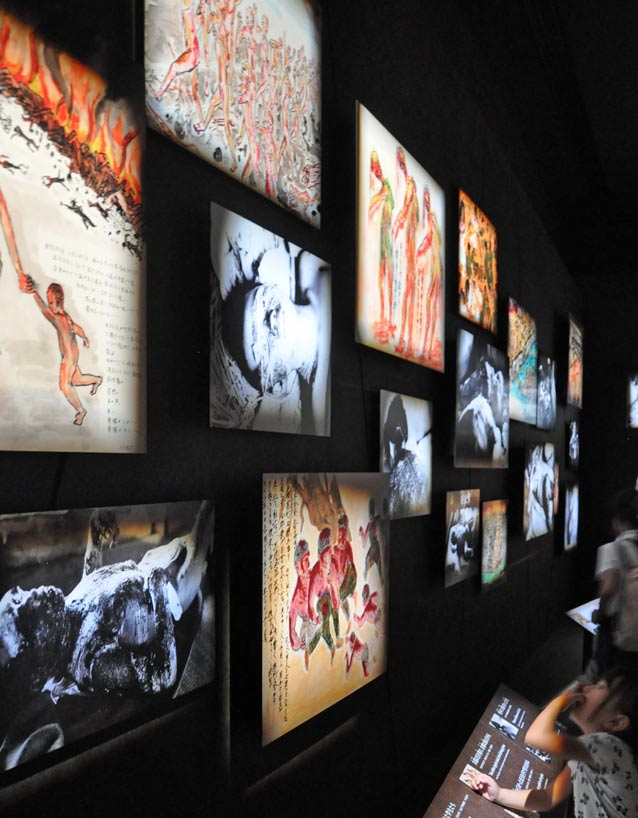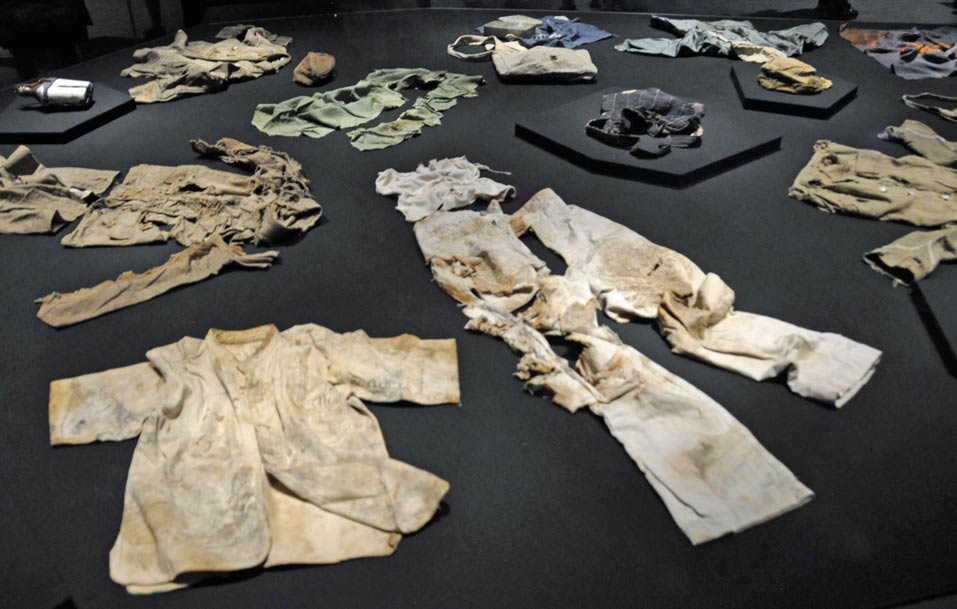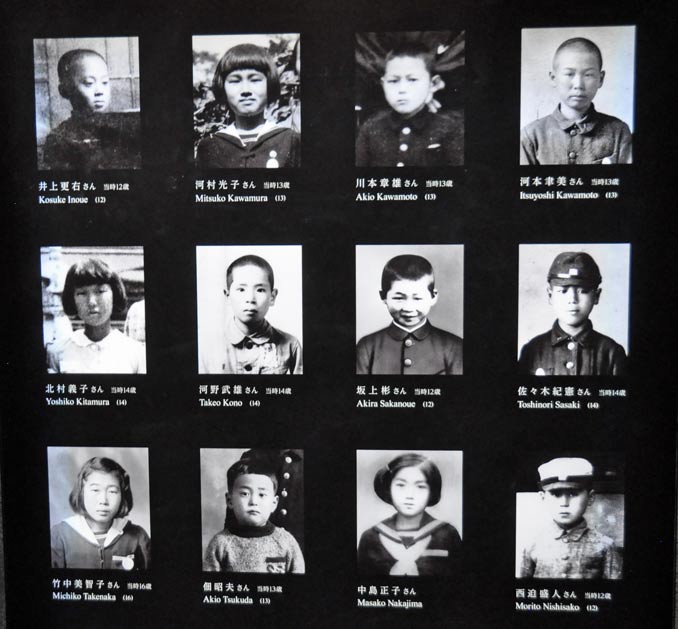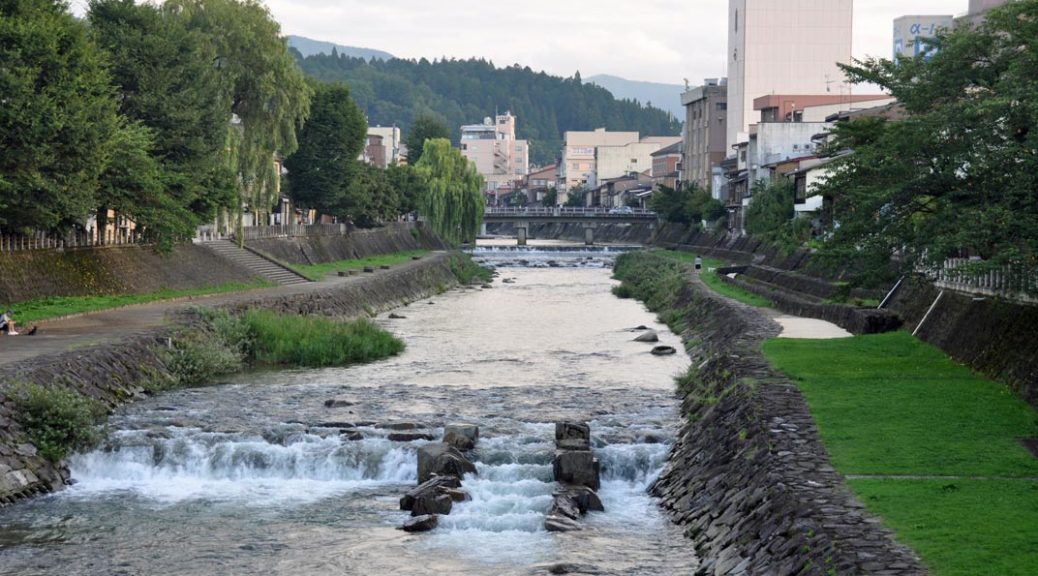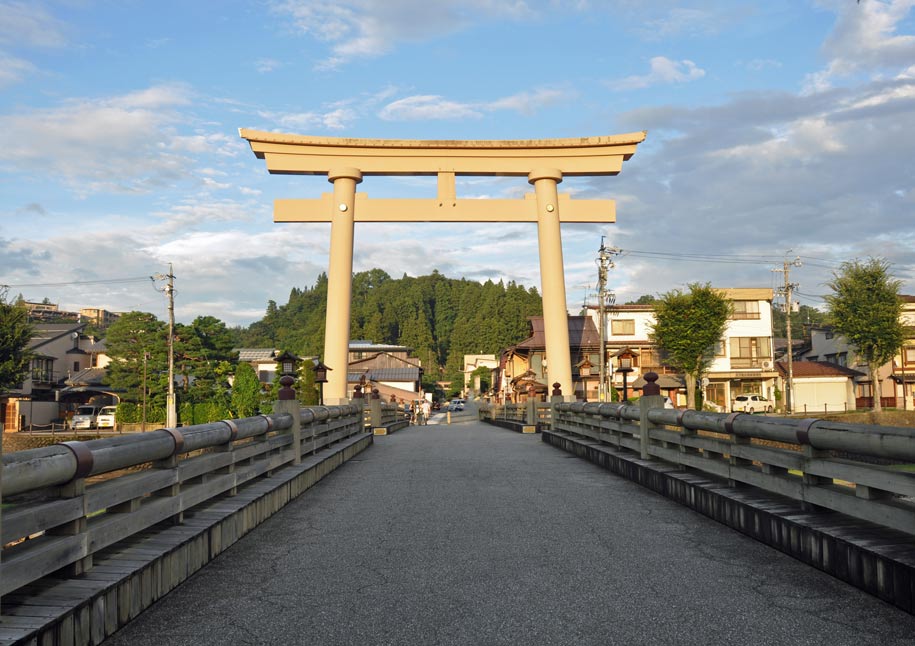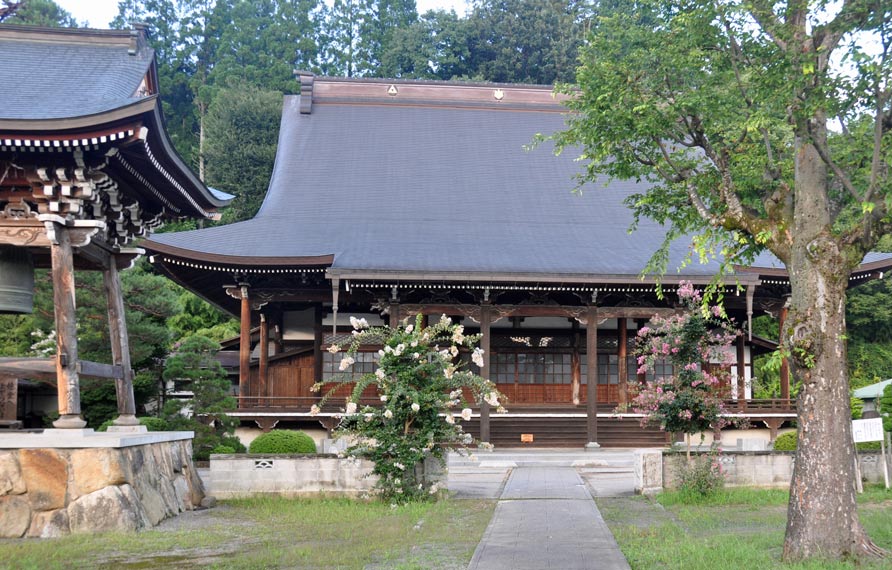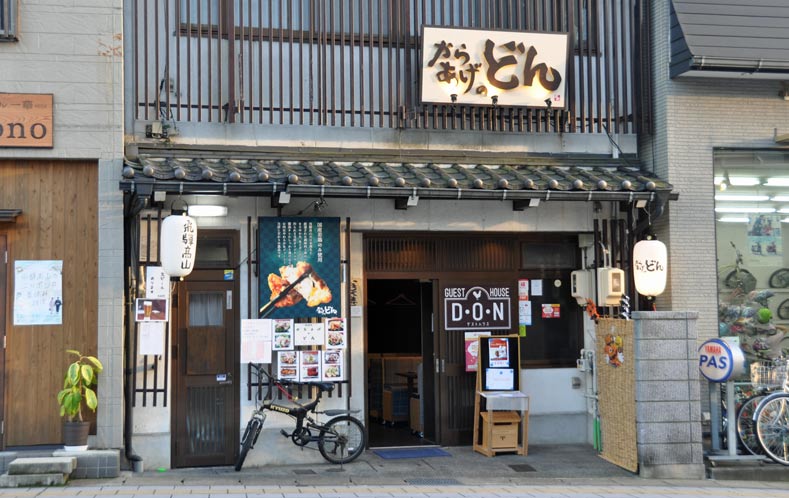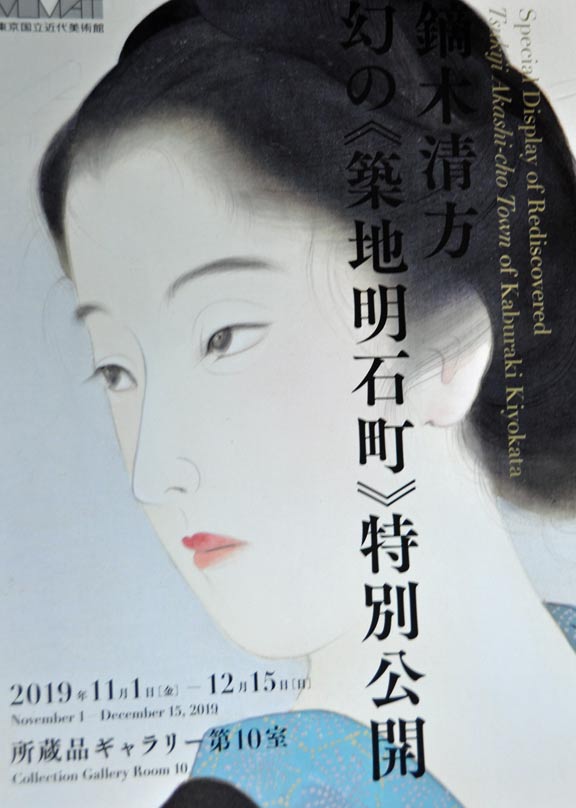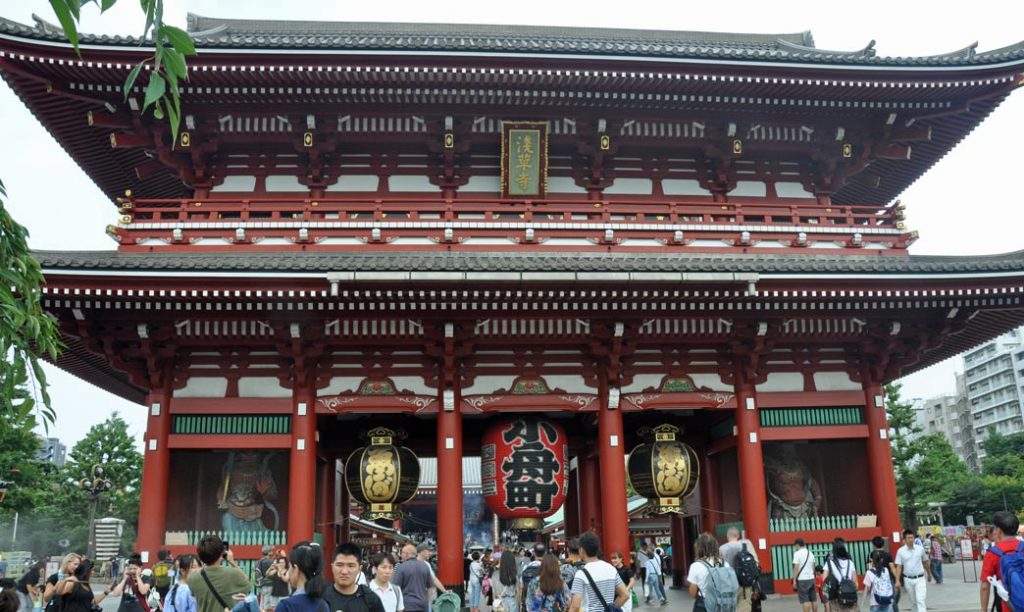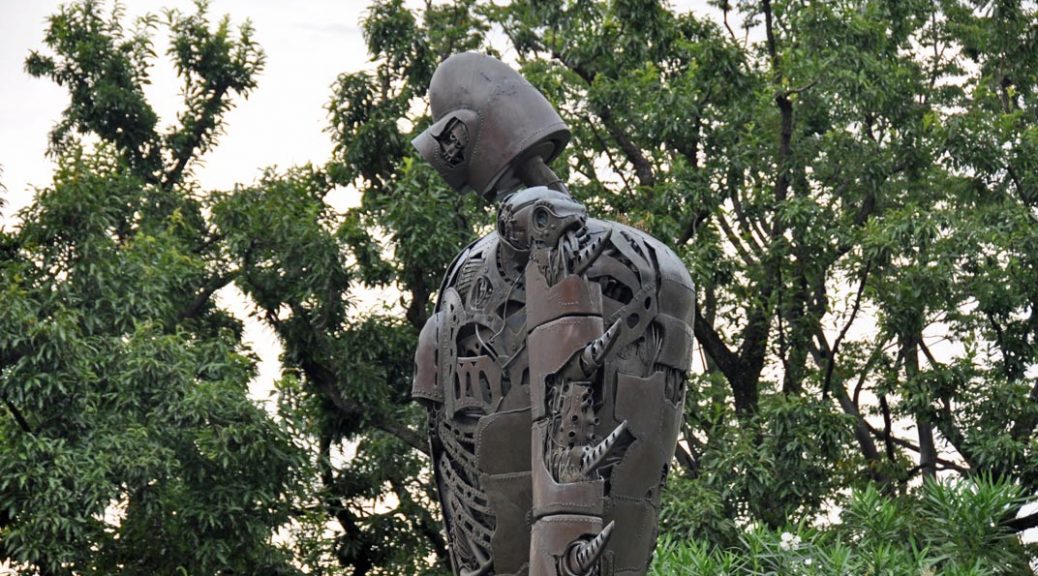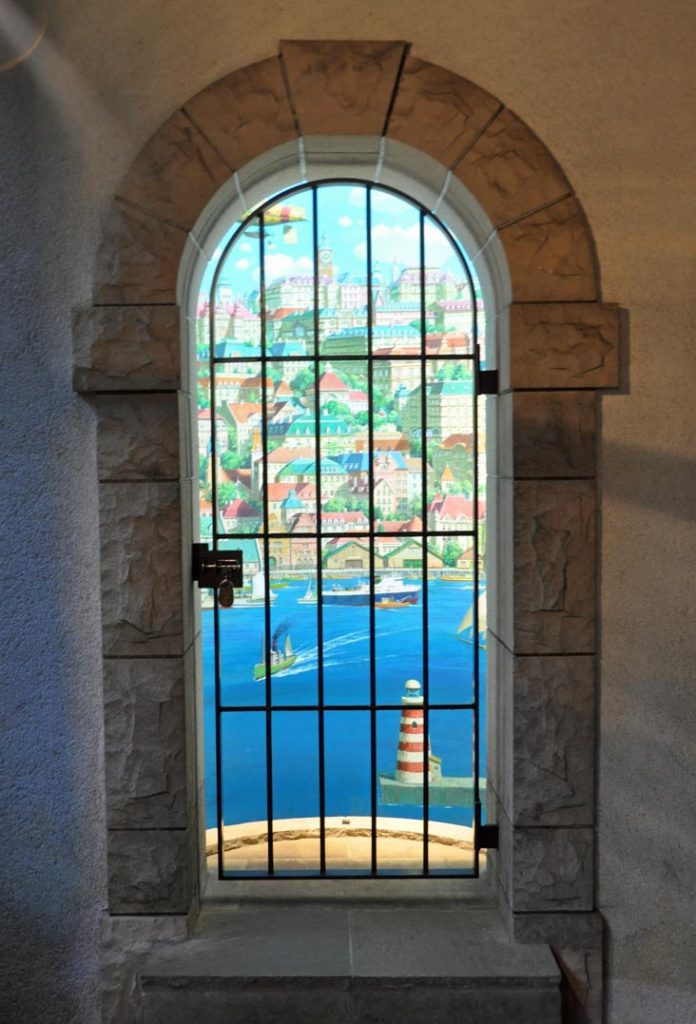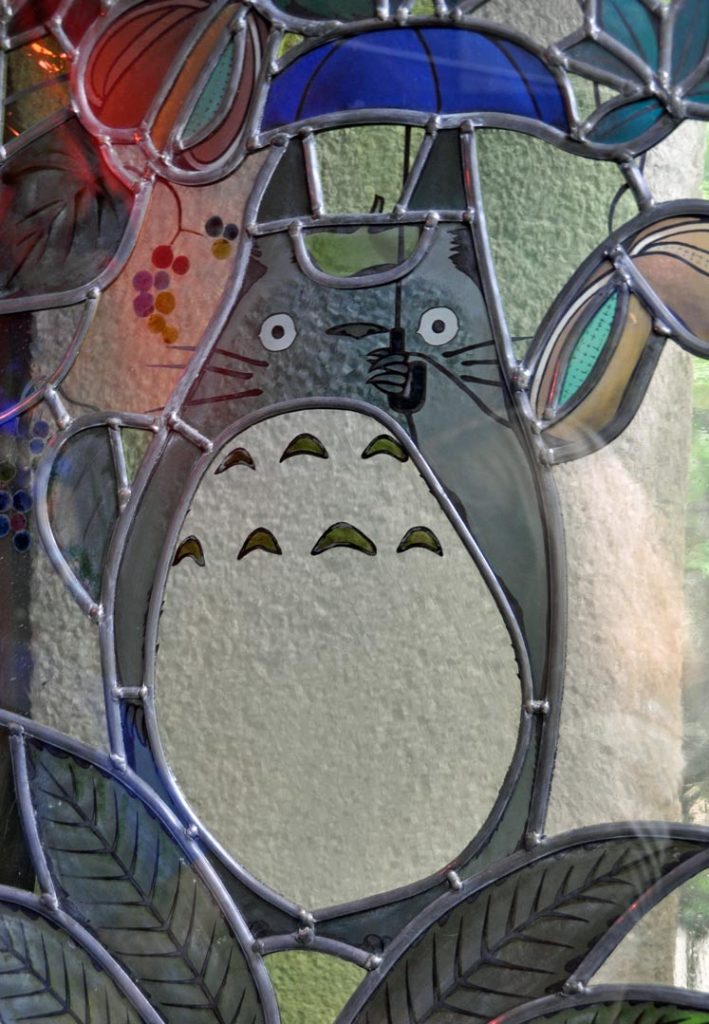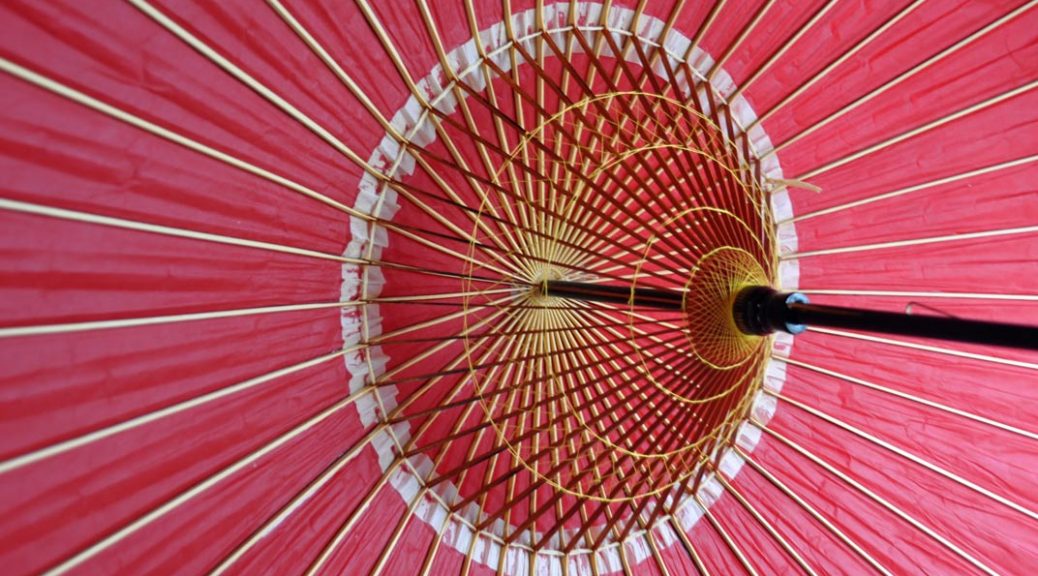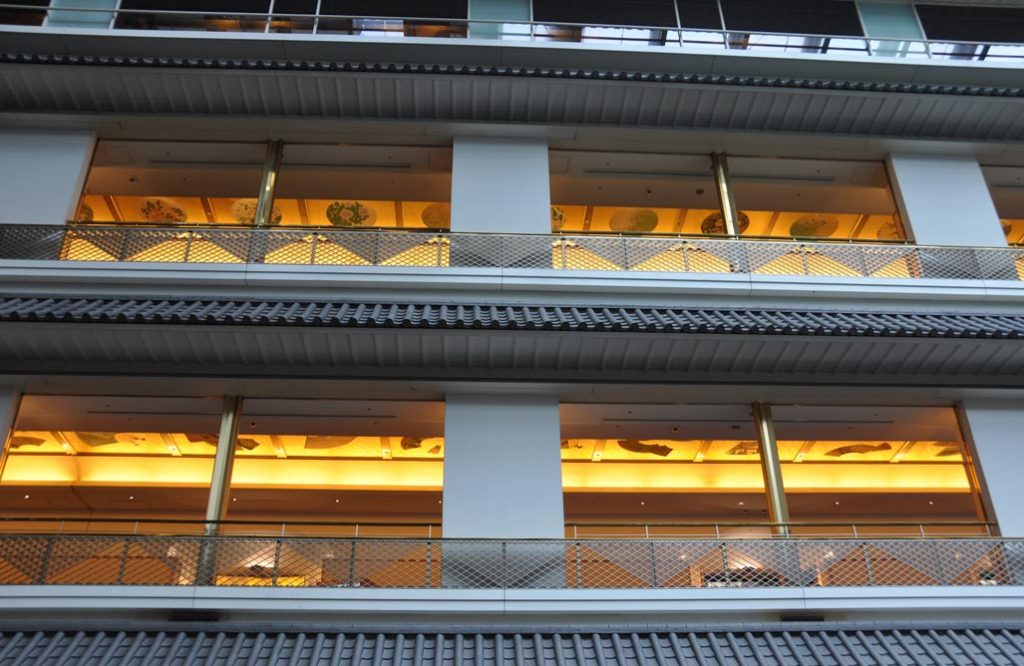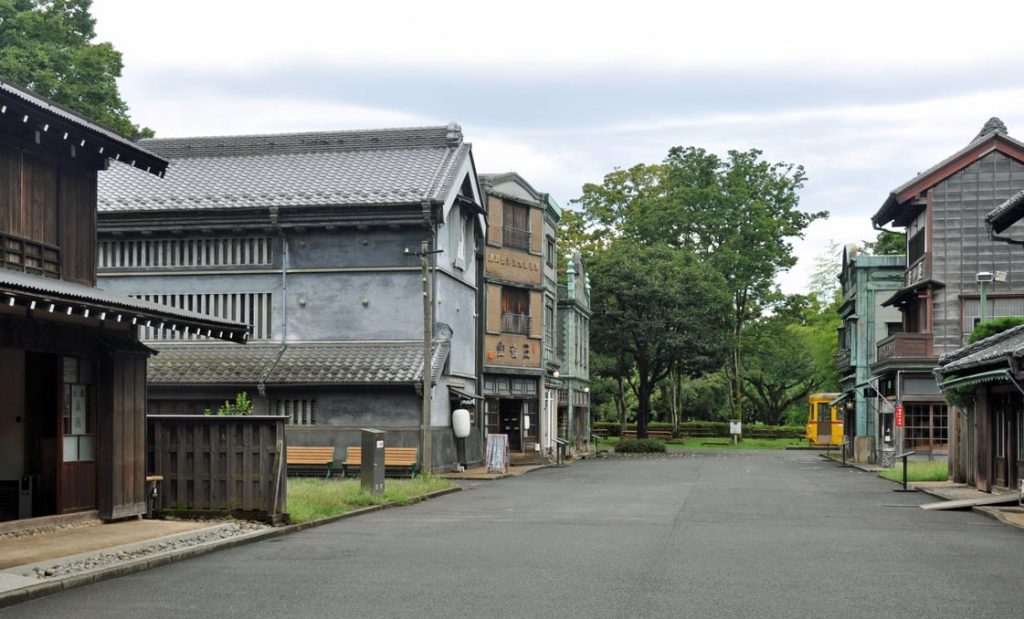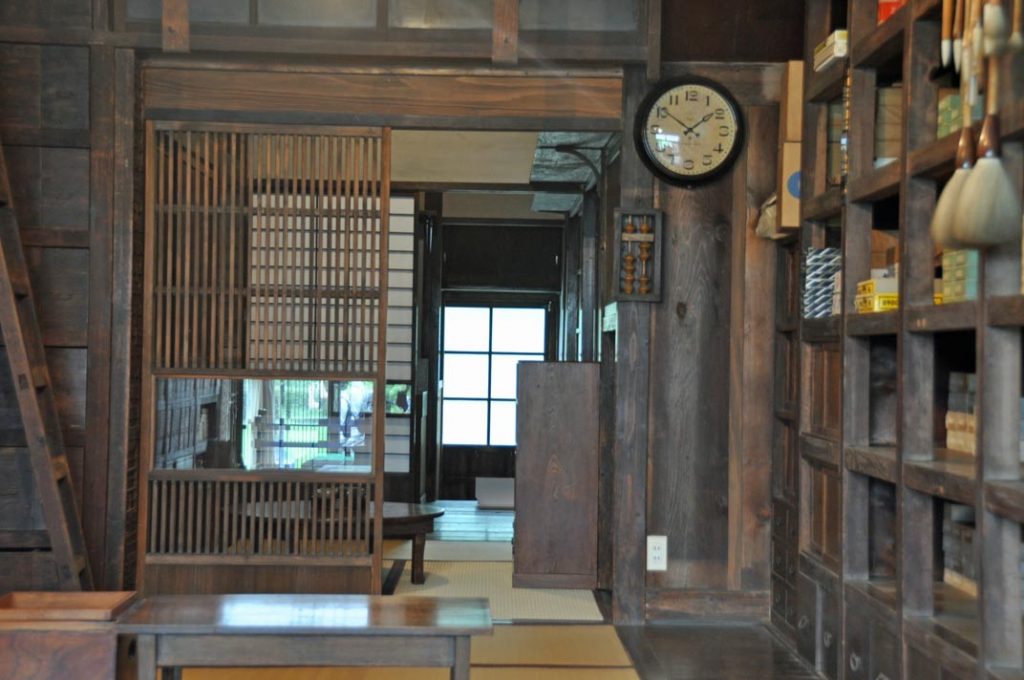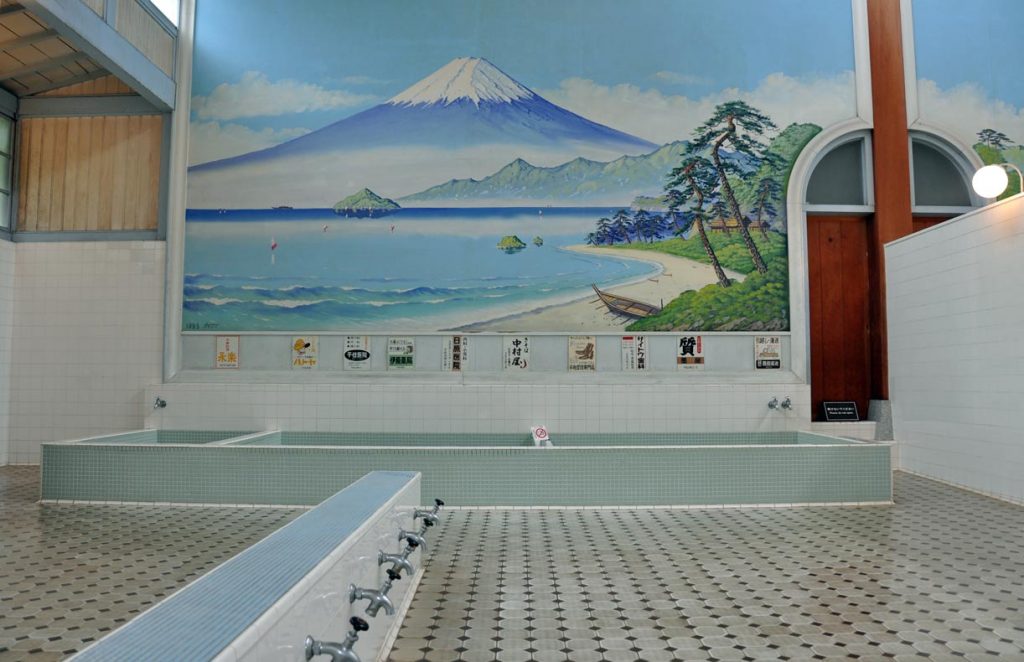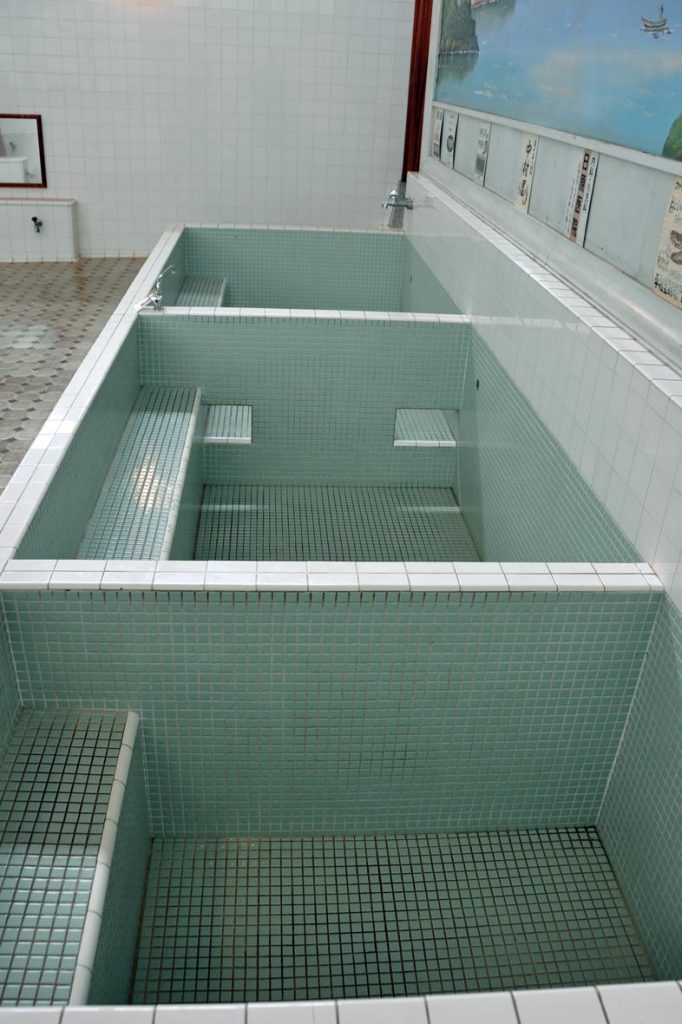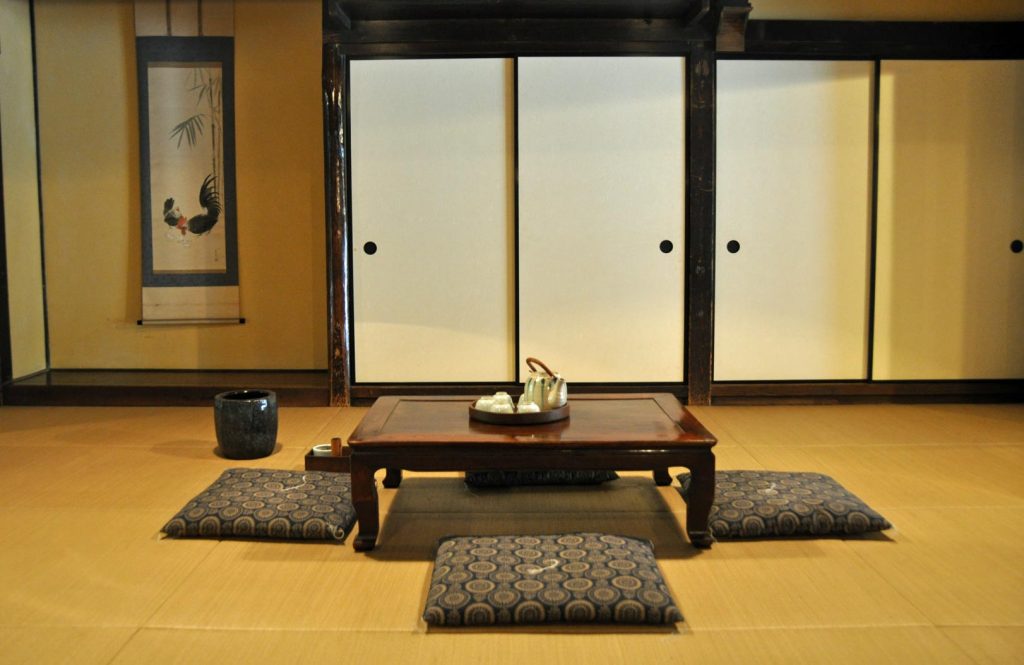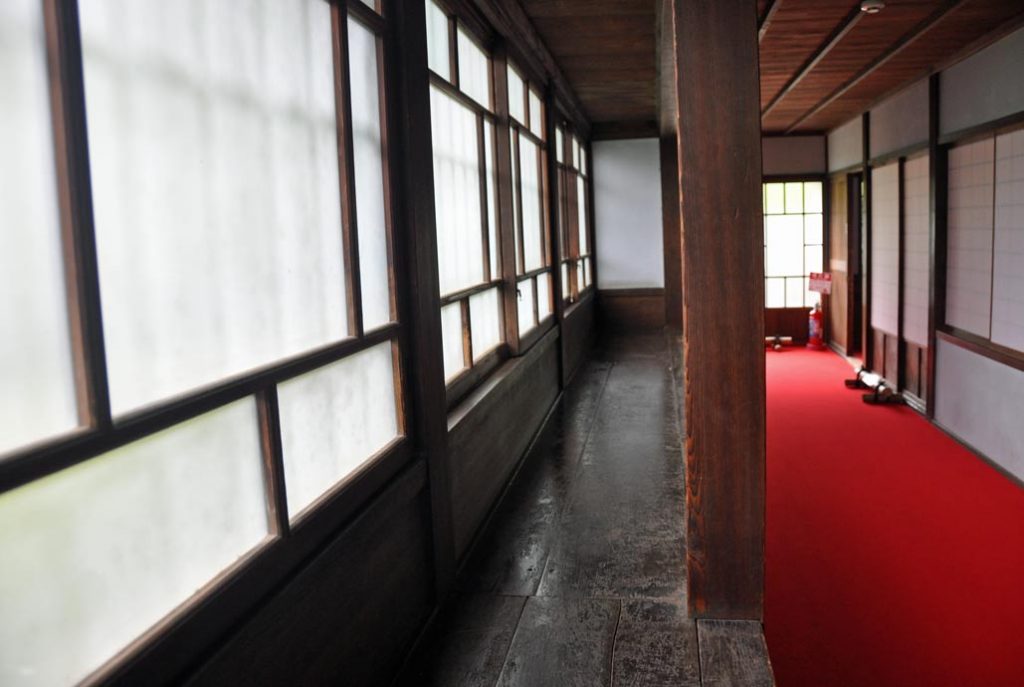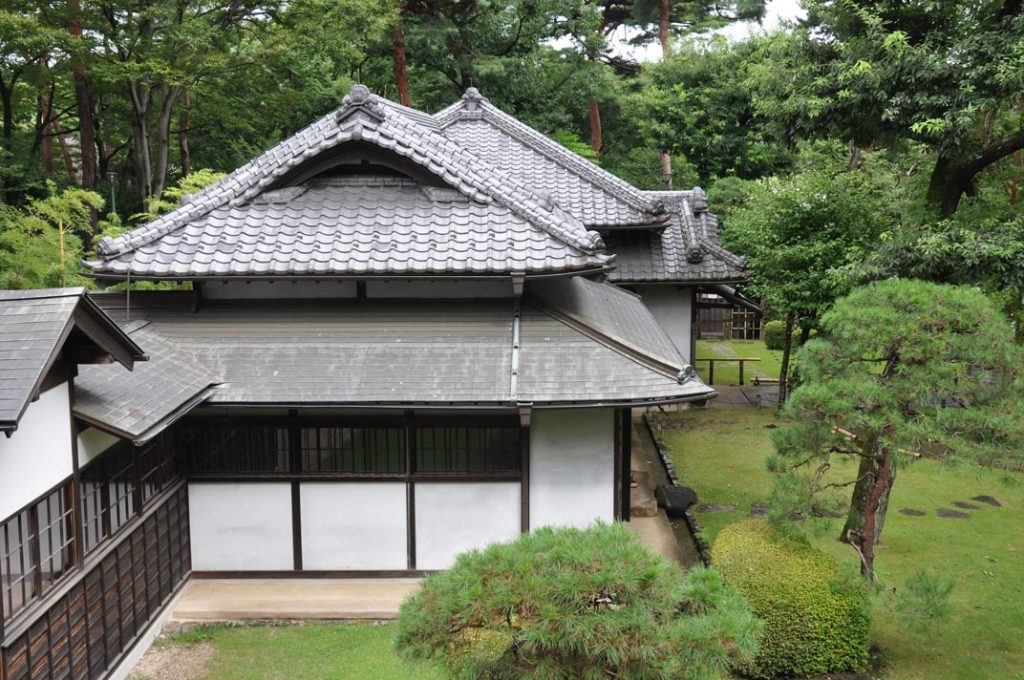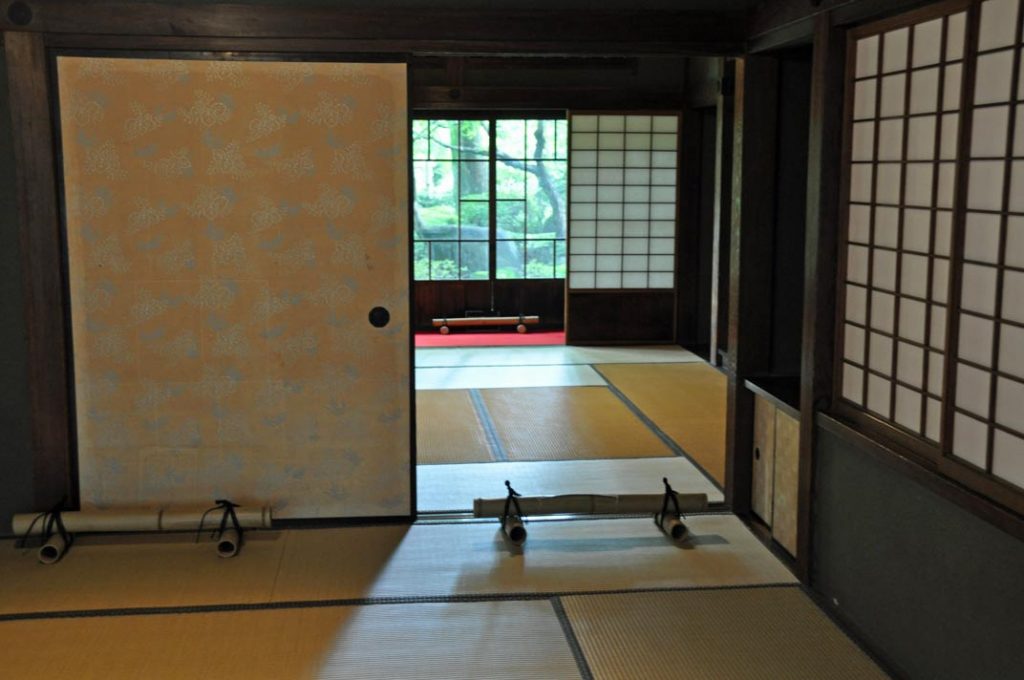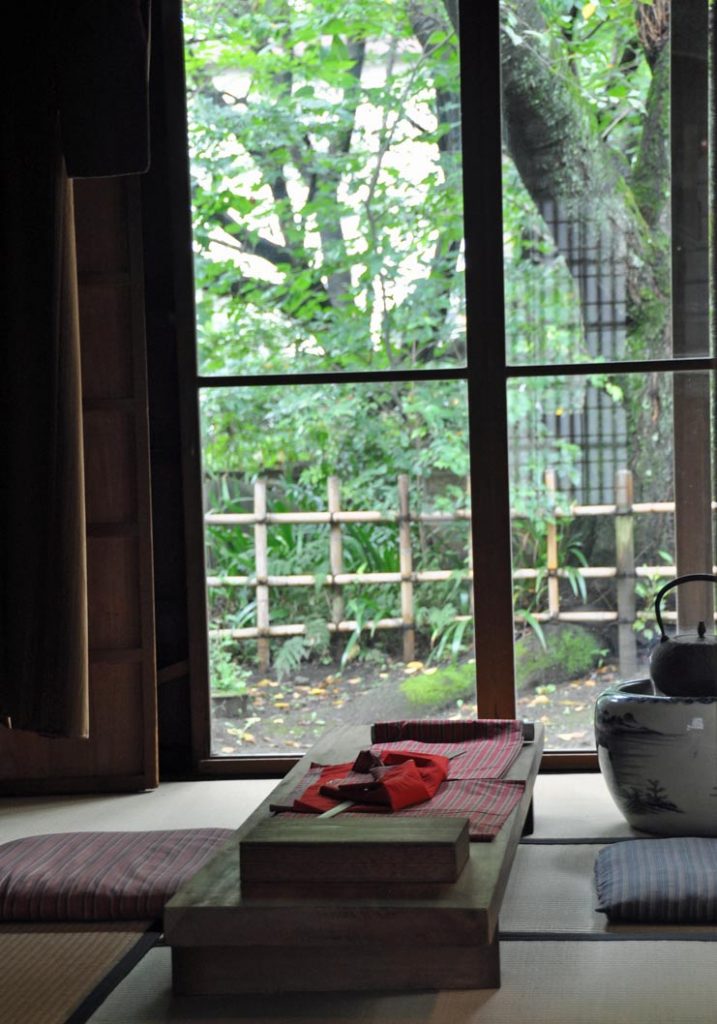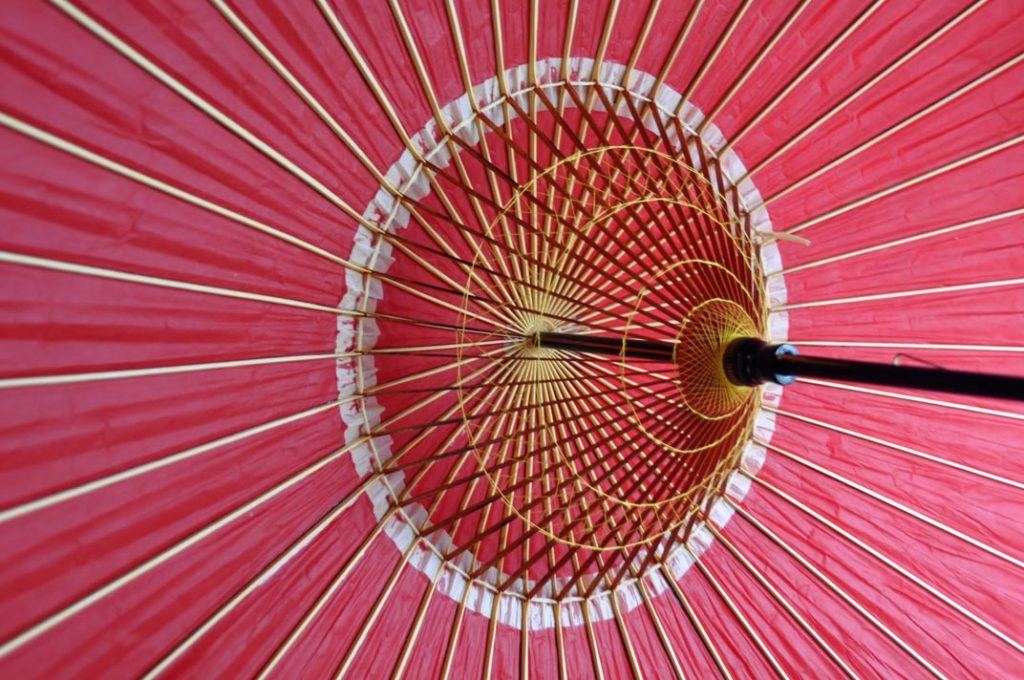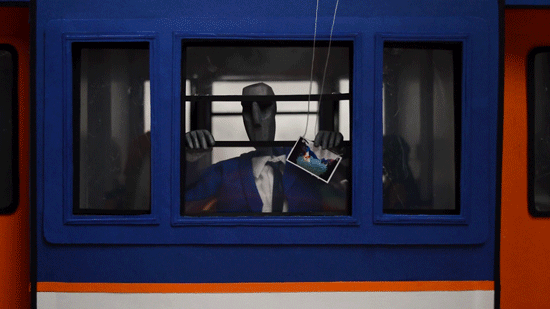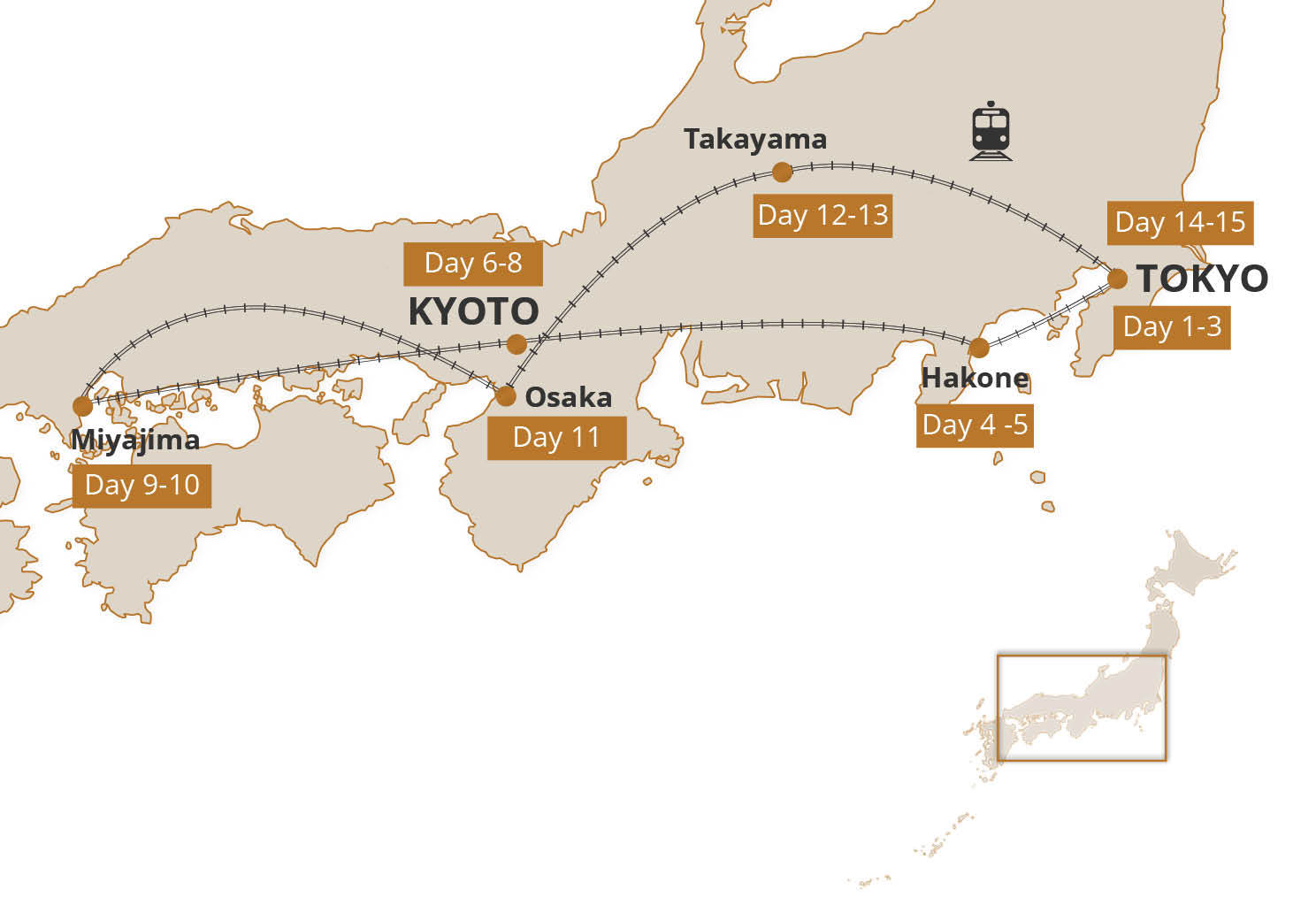Miyajima (宮島) is a small island officially named Itsukushima and less than an hour outside the city of Hiroshima and one of the highlights of our trip to Japan.
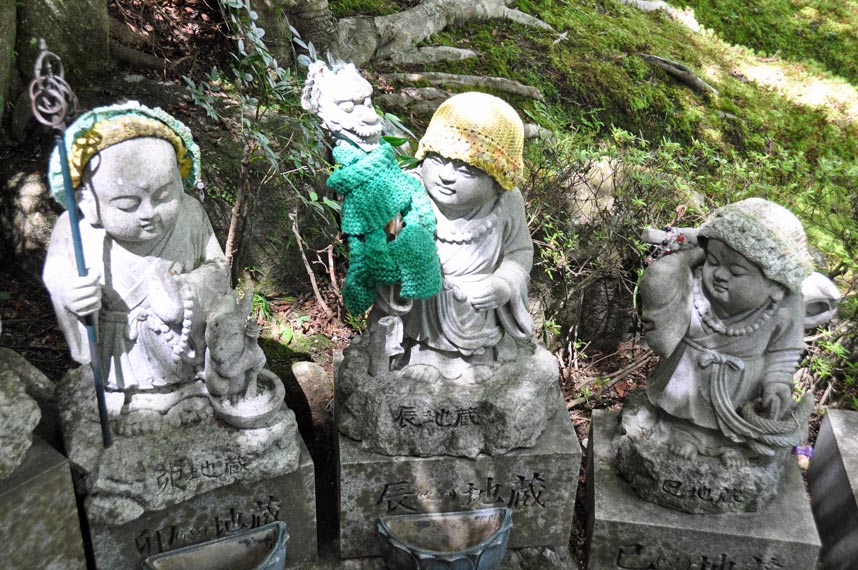
It is most famous for its giant torii gate currently under renovation, which at high tide seems to float on the water.
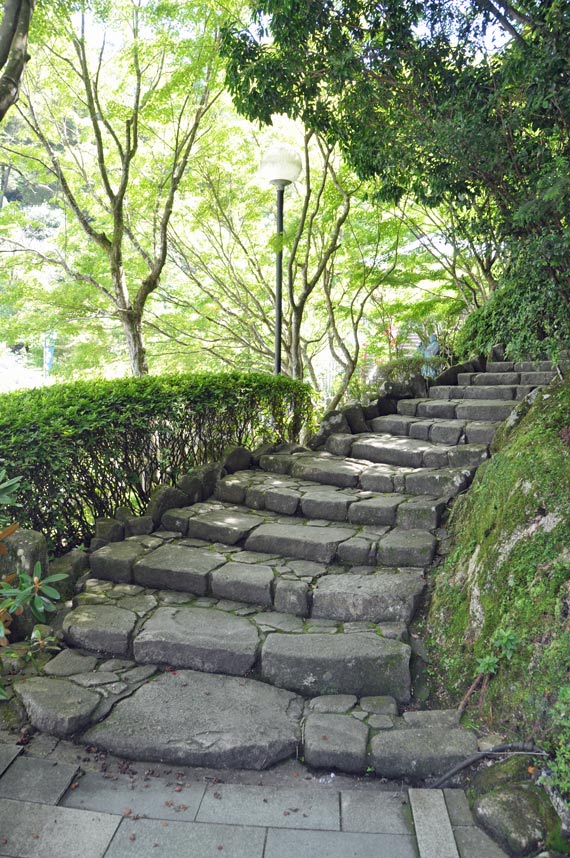
The sight is ranked as one of Japan’s three best views and for the Itsukushima shrine, also built over the water
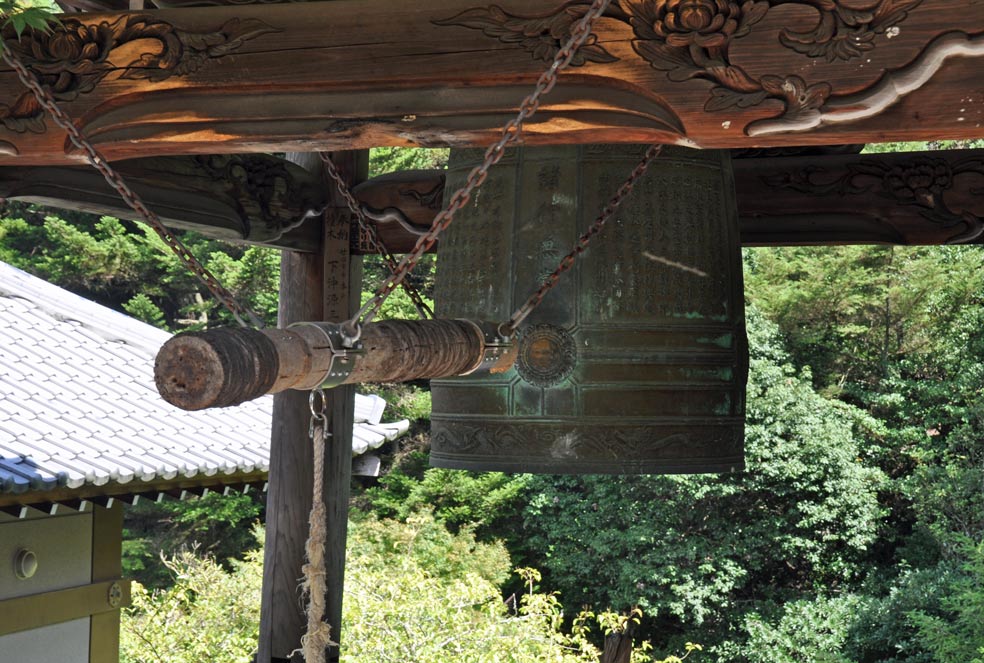
There are also wild deer on the island that have become accustomed to people. In the day the deer wander around the same sites as the tourists, and in the evening they sleep along the walking paths.
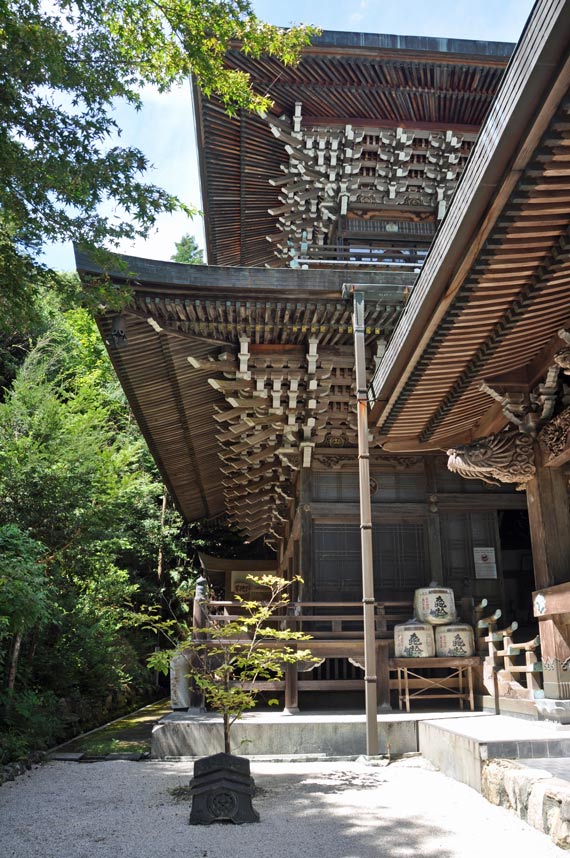
Daisho-in (大聖院, Daishōin) is one of the most important temples of Shingon Buddhism in Japan
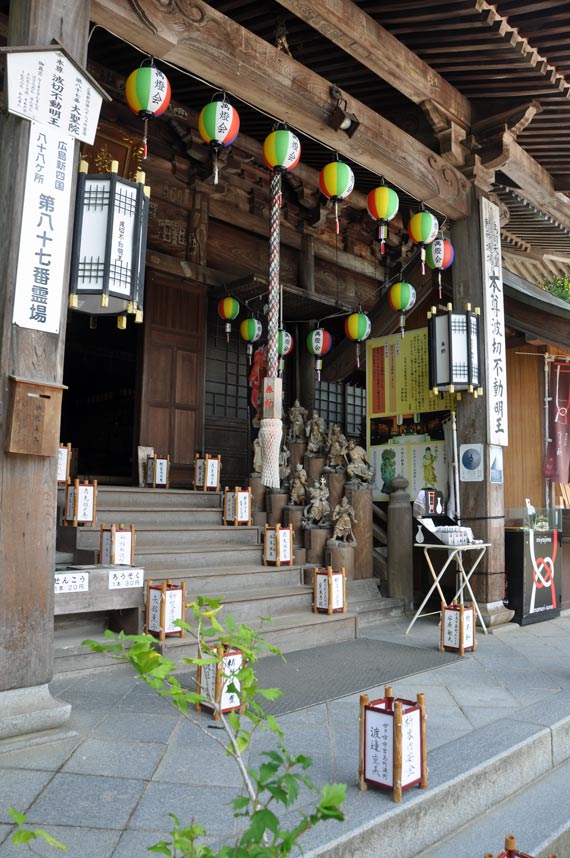
It is located at the base of Mount Misen, on which the sect’s founder, Kobo Daishi, first began the practice of Buddhism on the island of Miyajima.
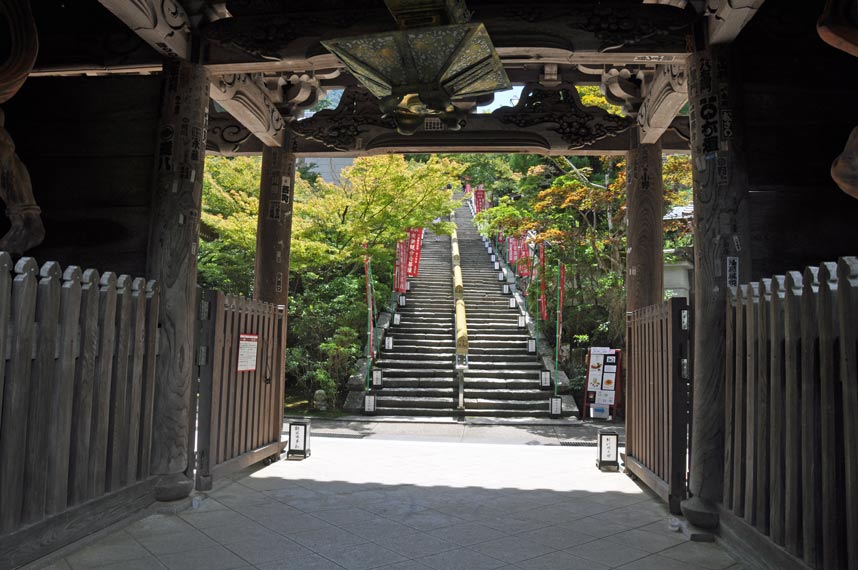
Daisho-in features a variety of buildings, statues and other religious objects for visitors to admire.

These include the Kannon-do Hall, the Maniden Hall, a sand mandala made by visiting monks from Tibet, a tea room and a cave filled with 88 icons representing the temples of the Shikoku Pilgrimage.
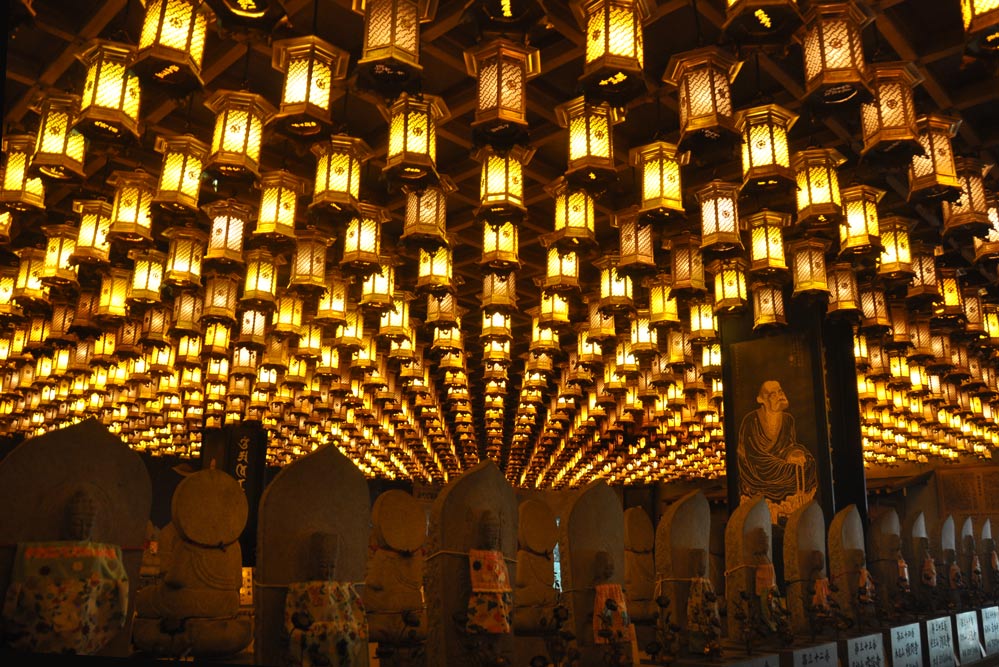
An interesting Buddhist ritual can be performed when walking up the temple’s steps.
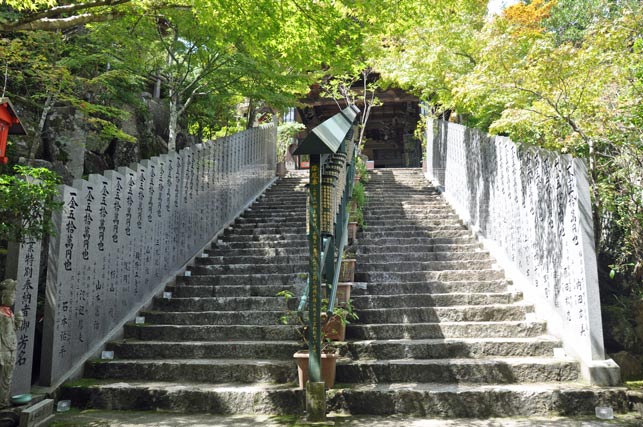
Along the stairs is a row of spinning metal wheels that are inscribed with sutra (Buddhist scriptures).
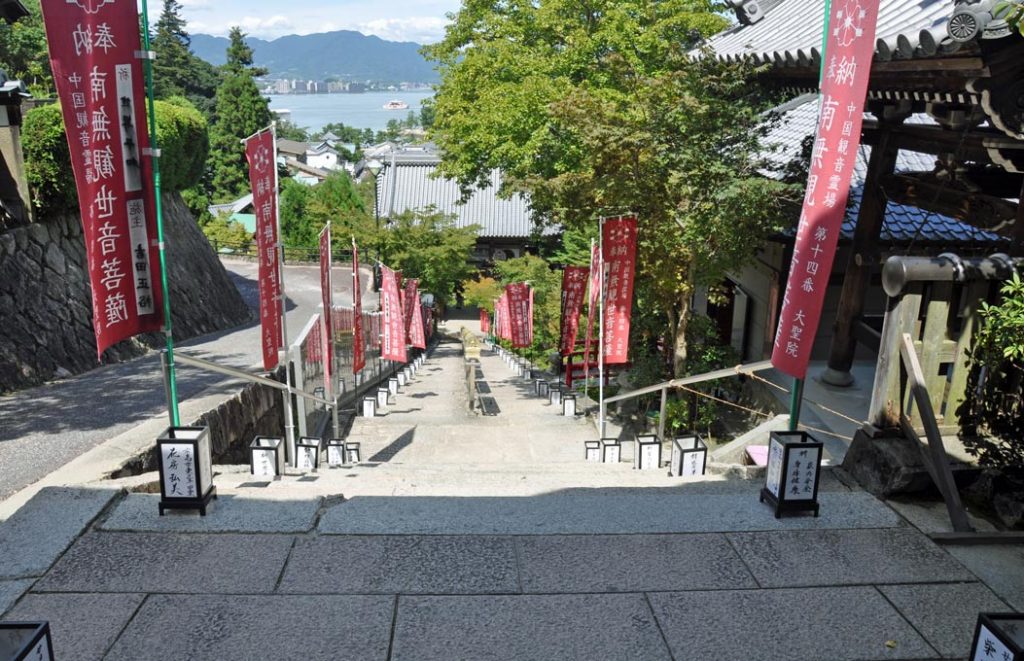
Turning the inscriptions as one walks up is believed to have the same effect as reading them.
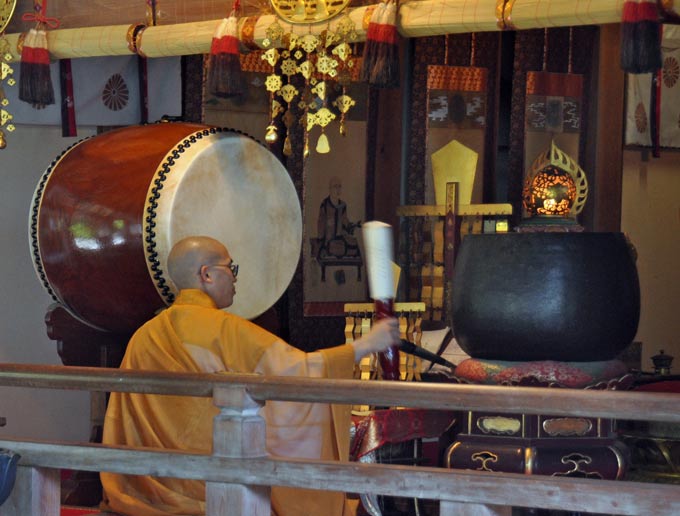
So, without any knowledge of Japanese, you can benefit from the blessings that the reading of sutra is believed to entail.

Daishō-in is is the 14th temple in the Chūgoku 33 Kannon Pilgrimage and famous for the maple trees and their autumn colors.

It is also called “Suishō-ji”.
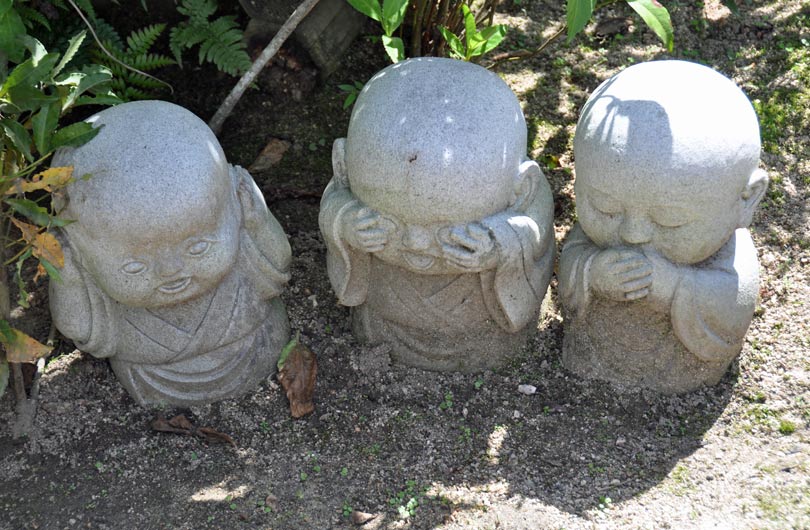
As the headquarters of the Omuro branch of Shingon Buddhism, it is the most important temple of Miyajima.
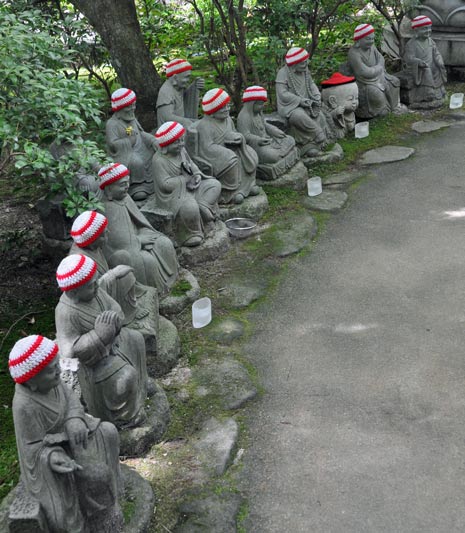
The temple was the administrator of the Itsukushima shrine before Meiji Restoration forbade (Shinbutsu bunri) syncretism (Shinbutsu-shūgō) between Shinto and Buddhism in 1868


